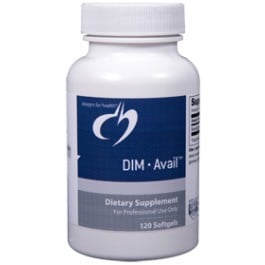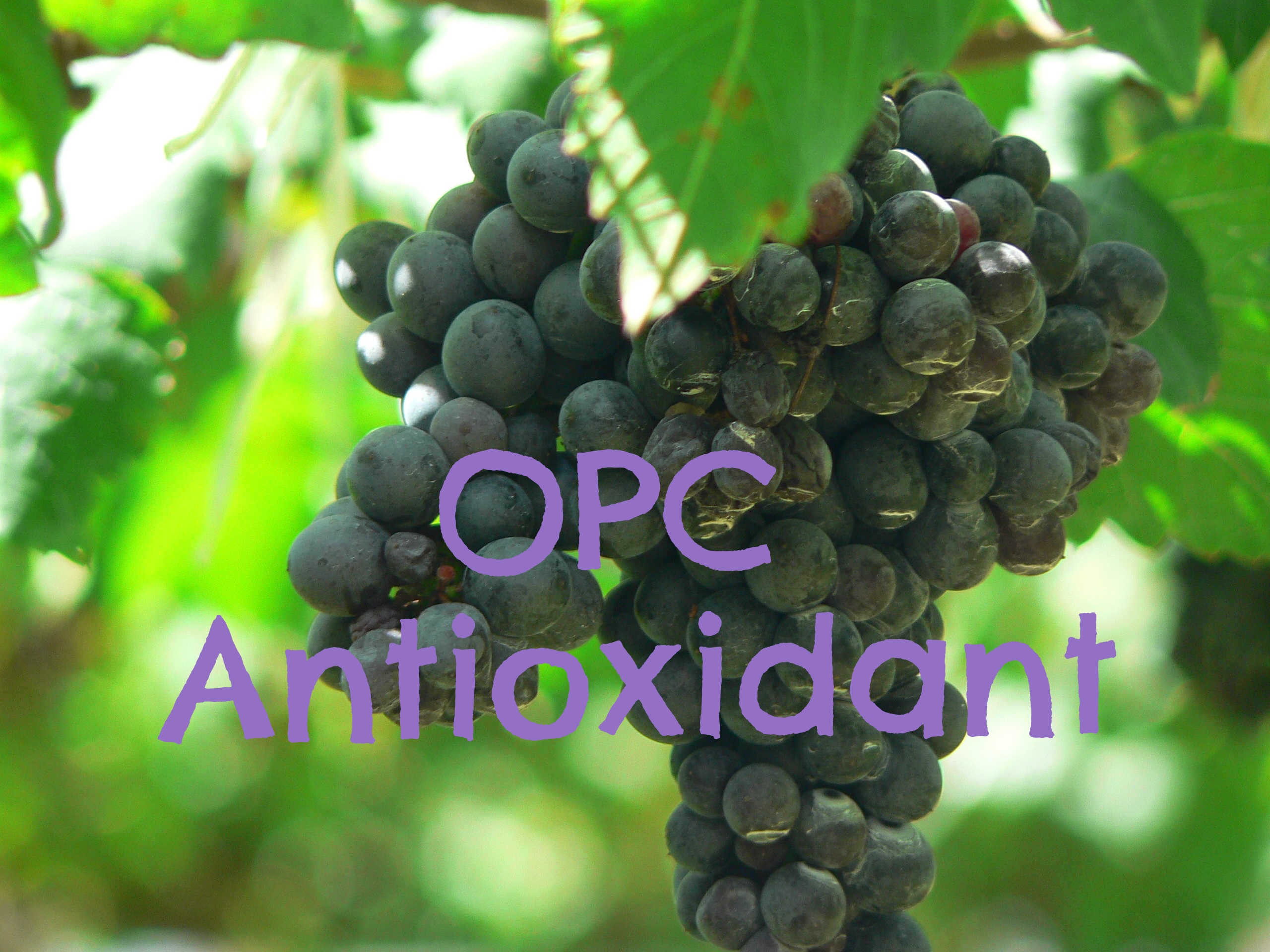
Quick Overview
Due to its crystalline structure, absorption of DIM is minimal when given orally (similar to CoQ10). DIM absorption can be greatly enhanced by...
Creatine & Ribose for ATP Production
By Gene Bruno, MS, MHS – Dean of Academics, Huntington College of Health Sciences

If you’re looking for more energy to power you through your workouts, consider a dietary supplement strategy that includes both creatine, an ATP initiator, and ribose, an ATP sustainer. The combination of these two natural substances is a promising ergogenic strategy for improving athletic performance and endurance.
Adenosine triphosphate (ATP) is a high-energy compound which is often referred to as the body’s “energy currency.” This is truly an apt term since ATP provides a primary source of energy to power muscular activity. Although the biochemistry of ATP may seem complex, its contribution to energy metabolism can be explained simply: When the body splits off one of ATP’s three phosphates, its energy is released and the muscle cells channel some of that energy into mechanical movement.1 Where an athlete is concerned, the goal of energy metabolism is to provide an adequate amount of ATP to power the muscles throughout the course of their physical activity. This requires the presence of creatine and ribose, natural substances which initiate and sustain ATP production.
Immediately after the onset of muscular activity, before muscle ATP pools dwindle, a muscle enzyme begins to break down another highenergy compound that is stored in the muscle, called creatine phosphate.2 The way it works is that the phosphate portion of creatine phosphate is donated to replenish ATP supplies. This is necessary since, as noted in the previous paragraph, ATP lost one of its phosphates while releasing energy, and so needs another phosphate to continue doing its work. In this role, creatine functions as an ATP initiator, helping to provide energy for about 20 seconds.3
Creatine’s role in energy metabolism led researchers to investigate its potential use as an ergogenic (performance enhancing) supplement. The results were seen in many published studies which demonstrated creatine’s efficacy as an ergogenic aid that initiated gains in muscle, strength and performance.4, 5, 6, 7, 8 As a matter of fact, in the January 1997 issue of Nutrition Reviews, the opening paragraph of a review entitled “Creatine is an ergogen for anaerobic exercise” states, “Throughout history, athletes have searched for performance-enhancing [ergogenic] agents. Over the last few decades, numerous dietary supplements have been marketed as ergogenic agents. Most, if not all, of these supplements did little more than decrease the net worth of the purchaser. Recently, creatine has been marketed as an ergogenic dietary supplement. Unlike previous claims, however, there appears to be scientific merit to the claim that creatine is ergogenic when taken in large amounts.”9
Another natural substance which is necessary for ATP production is the simple sugar ribose. In fact, ribose is one of the three substances (besides phosphates and adenosine) which actually comprise the ATP molecule.10 Once again, given its role in energy metabolism, researchers examined the possibility that supplementation with ribose might have egrogenic benefits. This proved to be the case.
In animal research, supplementation with ribose led to an increase in purine nucleotides,11 substances necessary for the production of ATP. Similar results were seen in human studies, leading researchers to conclude, “Our data suggest that ribose may both serve as an energy source and enhance the de novo synthesis of purine nucleotides.”12 A study conducted on exercising men found similar results with ribose supplementation, and found a decrease in blood levels of hypoxanthine,13 a purine metabolite which would otherwise be converted into uric acid14 (an accumulation of which causes symptoms of gout).
Not surprisingly, in two studies patients suffering with AMP deaminase deficiency (a condition characterized by exercise-induced muscle pain and stiffness) who were supplemented with ribose experienced almost complete to complete elimination in muscle stiffness and cramps.15 16 In 1992, the author of one journal article stated that the decline in the ATP experienced in many conditions “can be attenuated or even entirely prevented” with ribose.17 Evidence that ribose stimulates ATP synthesis and improves cardiac function led to a study which demonstrated that ribose supplementation improved energy metabolism in the heart, and improved the heart’s tolerance for ischemia (oxygen deficiency) in patients with coronary artery disease.18 Given its role in energy metabolism, as well as the benefits discussed in the aforementioned studies, it can be stated that ribose appears to sustain ATP production.
Creatine is an ATP initiator. Ribose is an ATP sustainer. Consequently, supplementation with both of these natural substances is a promising ergogenic strategy for improving athletic performance and endurance.
Smart Supplementation™ is a free series of educational literature created by Huntington College of Health Sciences (HCHS) as a public service. Although copyrighted, it may be freely photocopied and distributed, but may not be altered in any way. Smart Supplementation™ is not intended as medical advice. For diagnosis and treatment of any medical condition, consult your physician.
1. Curtis H., Biology, 4th edition (1983) Worth Publishers, New York. pp. 680. 2. Whitney E, Rolfes S., Understanding Nutrition, Sixth Edition, (1993) West Publishing Company, Minneapolis/St. Paul. pp. 449. 3. Ibid. 4. Gridstaff P, et al, Medicine and Science in Sports and Exercise (Suppl. 1995) 27(5): S146 5. Almada A, et al, Medicine and Science in Sports and Exercise (Suppl. 1995) 27(5):S146 6. Birch R, et al, Proceedings of the Nutrition Society (1993) 52(3):362A 7. Birch R, et al, Eur J Appl Physiol (1994) 69(3):268-76 8. Greenhaff P, Int J Sport Nutr (1995) 5 Suppl:S100-10 9. Toler S, Nutrition Reviews (1997) 55(1): 21-25. 10. Whitney E, pp. 207. 11. Tullson PC, Terjung RL, Am J Physiol (1991) 261(2Pt1):C342-7. 12. Wagner DR, Gresser U, Zollner N, Ann Nutr Metab (1991) 35(5):297-302. 13. Gros M, Kormann B, Zollner N, Klin Wochenschr (1991) 69(4):151-5. 14. Kuchel P, Ralston G, Schaum’s Outline of Theory and Problems of Biochemistry, Second Edition, McGrawHill, New York. pp. 447. 15. Wagner DR, Gresser U, Zollner N, Ann Nutr Metab (1991) 35(5):297-302. 16. Zollner N, et al, Klin Wochenschr (1986) 64(24):1281- 90. 17. Zimmer HG, Basic Res Cardiol (1992) 87(4):303-16. 18. Pliml W, et al, Lancet (1992) 340(8818):507-10.

Due to its crystalline structure, absorption of DIM is minimal when given orally (similar to CoQ10). DIM absorption can be greatly enhanced by...

By Gene Bruno, MS, MHS – Dean of Academics, Huntington College of Health Sciences
Free radicals are extremely unstable substances which, in the presence of oxygen, will...